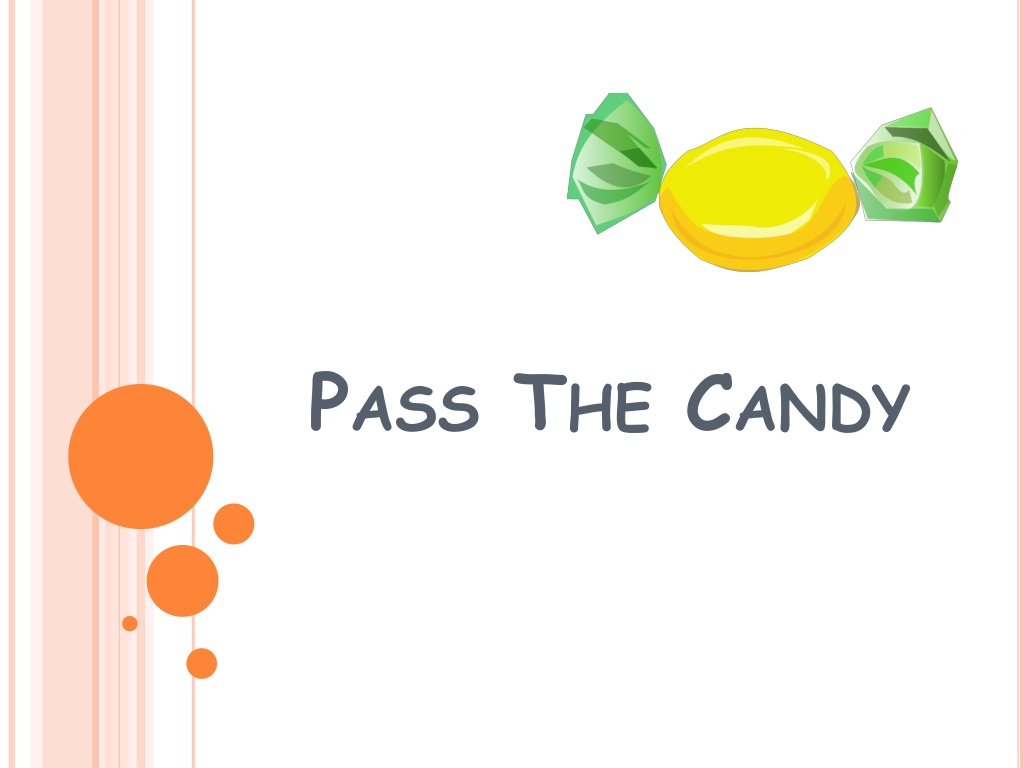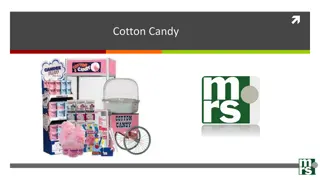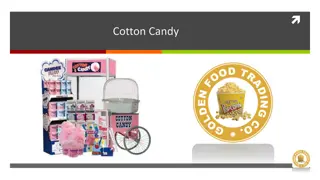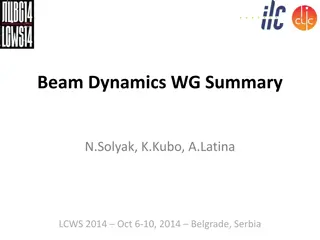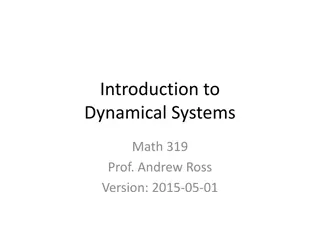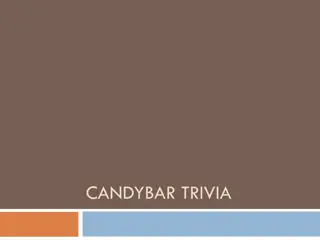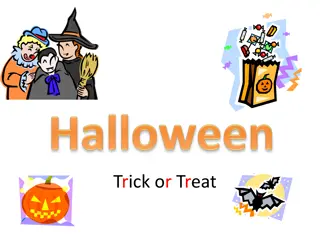Understanding Dynamical Systems Through 'Pass the Candy' Simulation
Explore the concept of dynamical systems using the "Pass the Candy" simulation as an example. Dynamical systems evolve over time based on specific rules, and mathematical analysis can help predict their behavior. Dive into the world of dynamic systems with this engaging analogy.
Uploaded on Sep 21, 2024 | 0 Views
Download Presentation

Please find below an Image/Link to download the presentation.
The content on the website is provided AS IS for your information and personal use only. It may not be sold, licensed, or shared on other websites without obtaining consent from the author. Download presentation by click this link. If you encounter any issues during the download, it is possible that the publisher has removed the file from their server.
E N D
Presentation Transcript
Pass the Candy-A simulation of what is known as a Dynamical System A system that changes over time according to a specific rule. We can use math to analyze the behavior of a dynamical system over time.
PASS THE CANDY We will form groups of 3 and 4 people. Appoint a record keeper. We will each get a bag with some candy and plastic pieces (that are equivalent to candy). Count the number of pieces of candy and plastic in your bag and tell your record keeper that number so they can record it on the Tally Sheet. When I say Pass the Candy , we will each pass half of our candy to the person on our left. We will count the new number of pieces of candy and plastic and record that number on the Tally Sheet.
BRIANA PASSES TO JAMAL, JAMAL PASSES TO JOS , AND JOS PASSES TO BRIANA Briana Jos Jamal
IF WE CONTINUE THIS PROCESS, What do you wonder?
SOME QUESTIONS TO CONSIDER If we continue this process, What do YOU predict will happen in the long run? Who will end up with the most? The least? 1. 2. Now continue the process and record your results.
ITERATE Keep passing the candy until you think we should stop.
RECORD YOUR RESULTS ON THE BOARD What was the initial number of candies for each person in your group? What was the final outcome for each person in your group? Look at the results on the board. Do you have questions for your classmates?
CREATE GRAPHS Let s create a graph of the number of pieces of candy/plastic over time for each member of the group. You will plot your entire group s data on one graph. Do this at your desks. #pieces of candy Time/Round
SAMPLE GRAPH: DISCRETE POINTS # pieces Time/Round
SAMPLE GRAPH: CONNECTED/CONTINUOUS GRAPH # pieces Time/Round
THE PROCESS IS CALLED A RECURSIVE OR ITERATIVE PROCESS We repeated the process over and over again. What do you wonder?
IMPORTANT MATHEMATICAL IDEAS The system settles down and reaches what is known as an equilibrium we each end up with the same amount of candy (or close to the same) Can we predict what will happen with other dynamical systems? -Will the system reach equilibrium? - If so, can we predict that equilibrium value?
HOW DOES THIS MATHEMATICAL IDEA RELATE TO OTHER IMPORTANT SYSTEMS? How a substance moves through your body from the blood to the organs to the bones? How does pollution move through various connected bodies of water? How does a disease move through a population? Others?
REFLECT ON THE ACTIVITY What did you find interesting about the activity? How do you think the mathematical ideas in this activity connect to other math topics you have studied? What kinds of questions would you want to explore after having participated in this activity?
